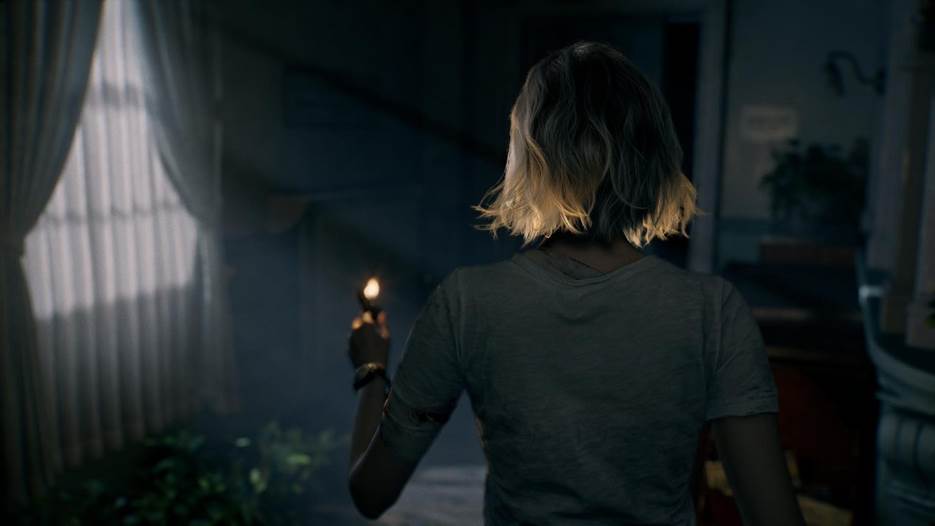Capcom’s Resident Evil Requiem breaks new ground by offering both first- and third-person perspectives. Producer Masato Kumazawa reveals the challenge is akin to developing two separate games. Here’s everything we know about this bold new direction.
Capcom’s next mainline Resident Evil entry, Resident Evil Requiem, is shaping up to be one of the most ambitious titles in the franchise. Slated for release on February 27th, 2026, for Xbox Series X/S, PlayStation 5, and PC, the game is not only introducing a new protagonist in Grace Ashcroft, but also allowing players to experience the horror from either a first-person or third-person perspective.
This dual-perspective feature isn’t just a cosmetic or gameplay toggle; it’s a fundamental design choice that required massive effort from the development team. According to producer Masato Kumazawa, implementing both points of view is “essentially like developing two separate games in parallel.” In an interview with the PlayStation Blog, Kumazawa elaborated on how the choice stemmed from an analysis of player habits within the franchise.
“Many players tend to engage with either first-person or third-person titles exclusively,” Kumazawa explained. “With that in mind, we’ve included both perspectives in Resident Evil Requiem, driven by the desire for all Resident Evil fans to enjoy the latest installment.”
While Resident Evil 7: Biohazard and Village primarily utilized a first-person view to immerse players directly in the horror, recent remakes such as Resident Evil 2 and 3 featured an over-the-shoulder third-person camera. Although Resident Evil Village later introduced a third-person mode via the Winters’ Expansion, Kumazawa clarified that it was a fan-service addition, not a prototype for Requiem’s new approach.

Developing two visual perspectives in a genre so heavily reliant on atmosphere and tension is no easy feat. Kumazawa emphasized that switching from first- to third-person involves more than just moving the camera. “In modern 3D-rendered games, some may think that changing the perspective is a simple task. However, in the survival horror genre, where delicate adjustments are made to evoke fear in the player, there are significant differences.”
These differences include not only camera work and perspective, but also deeply affect character animations, user interface, gameplay balance, and sound design. Every element had to be fine-tuned separately to preserve the horror experience in both modes.
Despite the massive workload, the decision to pursue this path was made early in development. The goal: to ensure inclusivity and broaden the game’s appeal to fans of both gameplay styles. That bold decision seems to be paying off; Resident Evil Requiem surpassed one million wishlists across all storefronts less than three weeks after its reveal. It will also be playable at Gamescom this August, giving fans their first hands-on experience with the dual-mode horror.
With a new protagonist, dual perspectives, and intense development challenges, Resident Evil Requiem is not just another sequel; it’s a defining moment for the series, one that aims to unify its diverse fanbase under one terrifying roof.
Read the latest game news and detailed reports via Gamerative.




